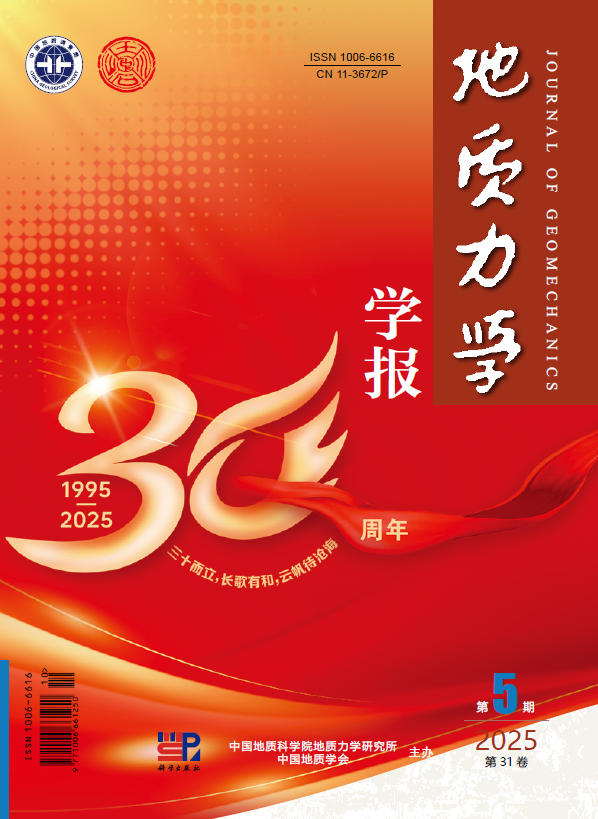1995 Vol. 1, No. 1
Display Method:
1995, 1(1): 1-7.
Abstract:
1995, 1(1): 8-14.
Abstract:
1995, 1(1): 15-24.
Abstract:
1995, 1(1): 25-30.
Abstract:
1995, 1(1): 31-37.
Abstract:
1995, 1(1): 38-43.
Abstract:
1995, 1(1): 44-52.
Abstract:
1995, 1(1): 53-59.
Abstract:
1995, 1(1): 60-66.
Abstract:
1995, 1(1): 67-75.
Abstract:
1995, 1(1): 76-81.
Abstract:
1995, 1(1): 82-87.
Abstract:
1995, 1(1): 88-94.
Abstract:



